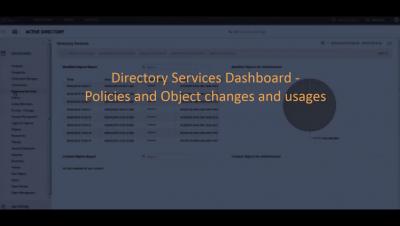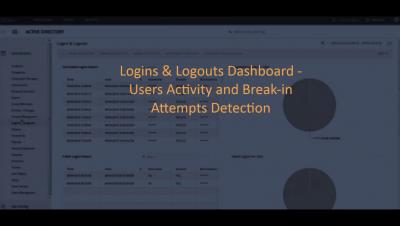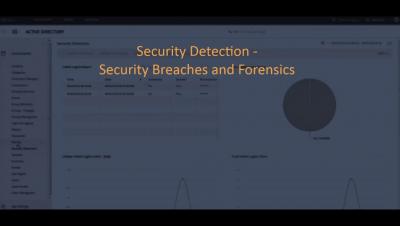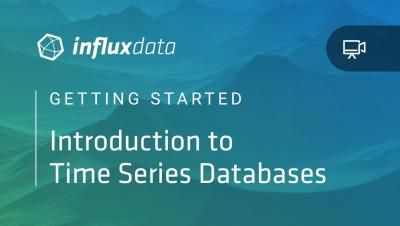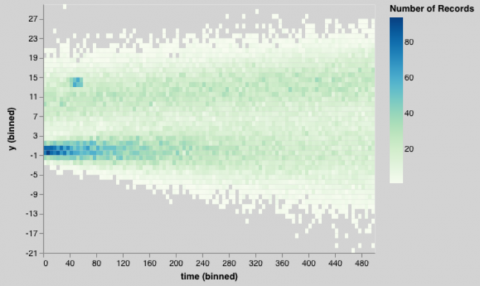SLF4J: 10 Reasons Why You Should Be Using It
One of the most important aspects of developing an efficient system is to have clean, helpful logs that will help you understand what errors are being triggered, and what information is being processed. When you are first creating an application, you might not know what logging framework will be most suitable for your future needs, or you could simply want your system to remain agnostic regarding the logging implementation to be used.



